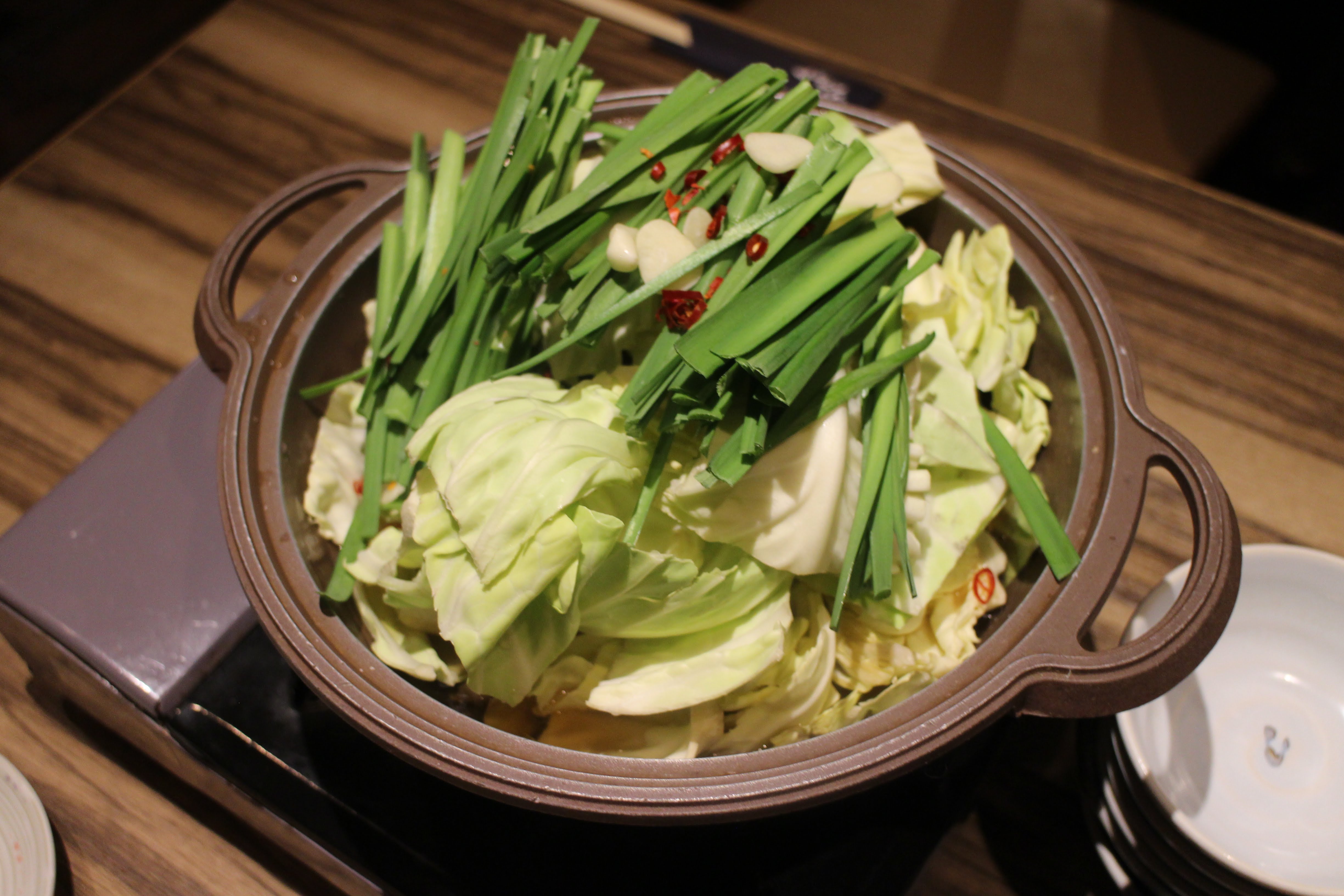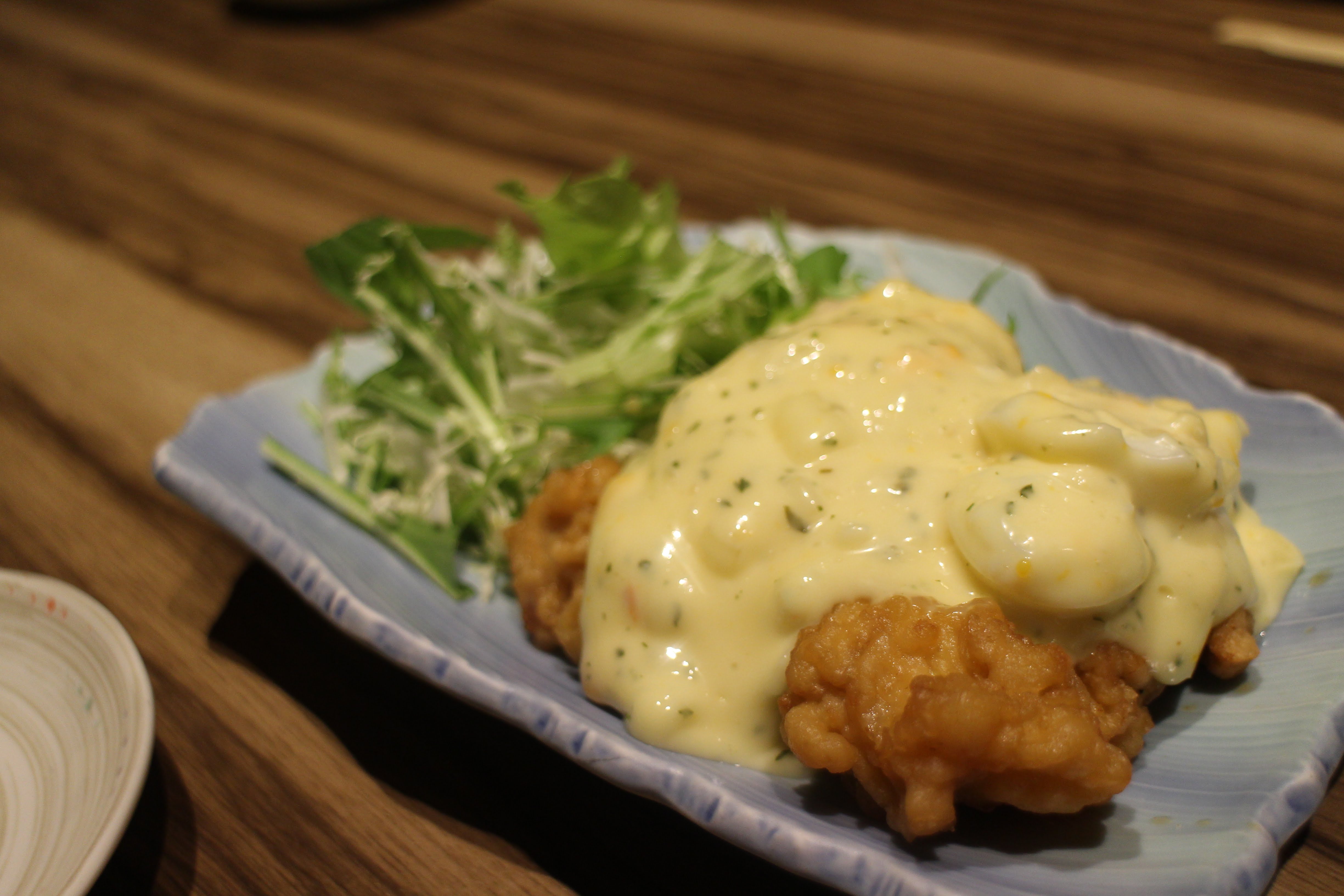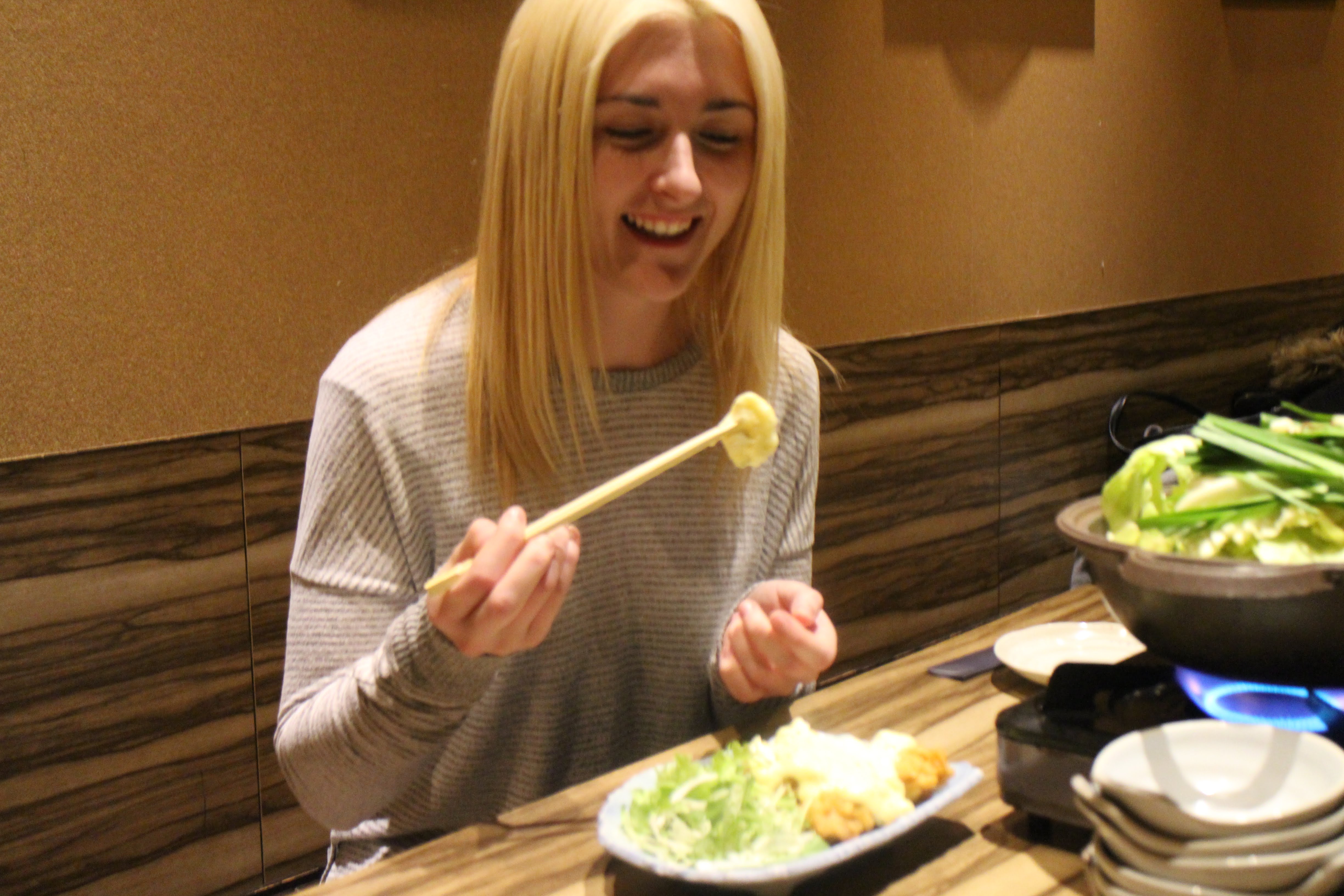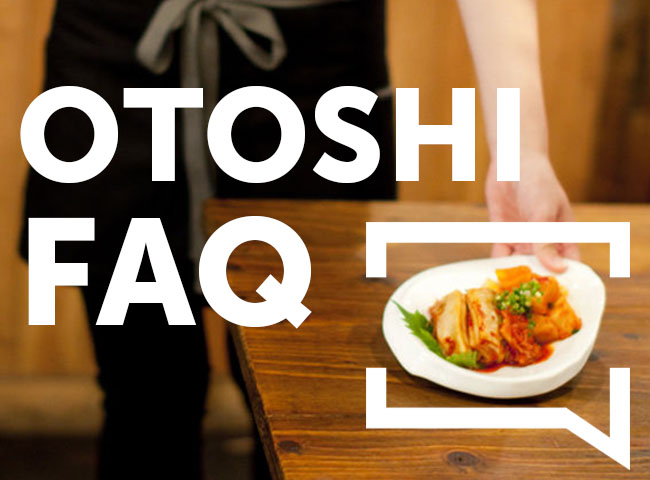Introduction
Did you know that there are various kinds of local delicacies in each prefecture of Japan? Some examples are Akita’s kiritanpo nabe that involves putting rice sticks into a hot pot, and Hyogo’s soba meshi that combines Japanese fried noodles, fried rice, etc. together. Each prefecture uses local ingredients to create a delicious cuisine with special and unique cooking methods.
The Kyushu region, which is located in the southwest part of Japan, boasts rich natural resources and lots of popular local food. If you visit Kyushu, why not enjoy the various kinds of food there? Kyushu is a large area that contains eight prefectures, and Fukuoka is one of the most flourishing areas among them. There is a restaurant located near Hakata Station in the center of Fukuoka where you can enjoy many kinds of Kyushu’s local cuisines even if you don’t have time to visit all the prefectures. Today, I will share my experience of visiting that restaurant. Let’s check it out together!
What are some famous local delicacies in Kyushu?

With dishes such as Miyazaki’s chicken nanban and Nagasaki’s champon noodles, Kyushu is well known for many local foods; especially in Fukuoka, there are many local dishes that are famous all over Japan.
When it comes to famous food in Fukuoka, many people may think of tonkotsu ramen (ramen with pork bone soup), mentaiko (pollock roe), or amaou strawberries. But for Japanese people, the hot and delicious motsunabe seems to be a strong representation of Fukuoka gourmet. To enjoy this popular dish, which usually cannot be found overseas, I went to the following restaurant!
Enjoy a variety of Kyushu cuisines in one restaurant

‟Kantekiya, Hakata Honten” is an izakaya (a traditional Japanese bar and grill) that is located only a one-minute walk from Hakata Station, and convenient to access. This restaurant is very popular, owning several branches in Kyushu and one in Tokyo.
Relaxing Japanese-style spaces

The restaurant’s interior is decorated in Japanese style, complete with a calm atmosphere. After putting my shoes into a locker, the staff guided me to my seat.


There were many bottles of sake and retro pictures decorating the restaurant, and the space was much wider than I had expected. As there is a large, open dining area, it is also possible to visit as a large group. The area can be turned into a semi-private room if you let down the bamboo blind, so you can enjoy your meal without worrying about the surroundings.
All of the seats also have a “horigotatsu” type of table, which means that although the seats are Japanese style, you can sit as though you are on a chair, stretching your legs in the hole in the floor underneath the table. Even those who are not accustomed to kneeling, like me, don’t have to worry and can have a relaxing time here.
Multilingual menu for foreigners

It seems there are many people unable to order food in Japan because they don’t understand Japanese menus. However, this restaurant provides a multilingual menu with English, Traditional Chinese, and Korean. Moreover, the ingredients and cooking methods are also described in detail, so the menu is extremely clear and helpful.
From toriten (Oita-style fried chicken) to satsuma age (Kagoshima’s fried fishcake), the restaurant provides different kinds of local Kyushu dishes. Apart from these, you can also find grilled seafood and hot pot that you can make by yourself, so you can experience the Japanese food culture directly! Although everything on the menu looked delicious, I ordered the motsunabe and chicken nanban, which were recommended by the staff.
First try of motsunabe with soy sauce soup

Motsunabe is hot pot that is cooked with the offal or the internal organs of cows and pigs (“motsu”) with cabbage, leek, garlic, and red peppers. The hot pot can be served with several kinds of soup depending on the restaurant you go to, and you can choose from the most popular soy sauce, miso with a slightly strong taste, or light salted soup at this restaurant. As they offer a variety of flavors ranging from light to strong, no matter your preference, you would find the hot pot enjoyable for sure.
The motsunabe comes to the table raw and is cooked in front of you. When the soup starts to boil, you can pour the soup over the vegetables and offal with a spoon to soak the ingredients with the soup flavor. After it is cooked, you can turn off the fire and taste it. At the end of the meal, you can put champon noodles into the remaining soup ramen style, or put rice into it and serve it like congee. This ensures that nothing is wasted and you can enjoy it as much as possible until the end!

This was actually the second time I had eaten motsunabe, but the first time I had tried it with soy sauce soup. The soup flavored with stock is made with kelp and bonito, and it had a light taste. For the organs, it seems only small intestines of Japanese cows are used in this restaurant. The chewy texture of the organs may not be familiar to foreigners, but try it if you’re up to the challenge! At first, I found it was hard to chew, but after a few bites, I got used to it quickly and fell in love with the taste. The vegetables were also soaked with the soup and very delicious.
Enjoy famous Miyazaki food in Fukuoka

Chicken nanban is a dish that comes from Miyazaki Prefecture, which involves mixing fried chicken with sweet vinegar and topping it with tartar sauce. Some restaurants may serve the chicken with tartar sauce only, but this restaurant really mixed the meat with sweet vinegar, which is the traditional way of serving this dish.

The fried chicken thighs were tender and tasty. Japanese stock had been added to the tartar sauce, giving it a sweet and subtle taste. The slices of boiled egg and onion in the tartar sauce are cut into quite large pieces, so you can enjoy the sauce as though you were eating a salad.
Enjoy motsunabe no matter what the season

When it comes to hot pot, we would usually imagine eating it with family or friends in winter. However, in ‟Kantekiya, Hakata Honten”, you can order motsunabe and enjoy hot pot all year round. Moreover, there is even a motsunabe set in the lunch menu; you can feel free to have some Kyushu cuisine anytime.
There are around 140 seats in this restaurant, so you do not need to wait too long to get a seat even if you go during a busy time. Of course, to make sure you get a seat, it is recommended to make a reservation (Japanese only) by phone or online before you go.
My opinion of Kyushu cuisine

The local Kyushu delicacies I tried were very delicious. Although the taste and texture may not be what I am used to eating, I think most people would enjoy them. The atmosphere of this restaurant was so relaxing; I had an enjoyable time and a pleasant experience on my Japan trip.
Recently, with local food being one of the reasons to visit this area, the number of visitors to Kyushu is increasing significantly. It is difficult to go through the entire Kyushu region and try all the local food in just a few days, so to have a restaurant where you can enjoy so many famous cuisines at once is really appreciated.
It is hard to find Kyushu cuisine outside of Japan, so when you go to Fukuoka, why not try ‟Kantekiya, Hakata Honten” to have a good dining experience?







